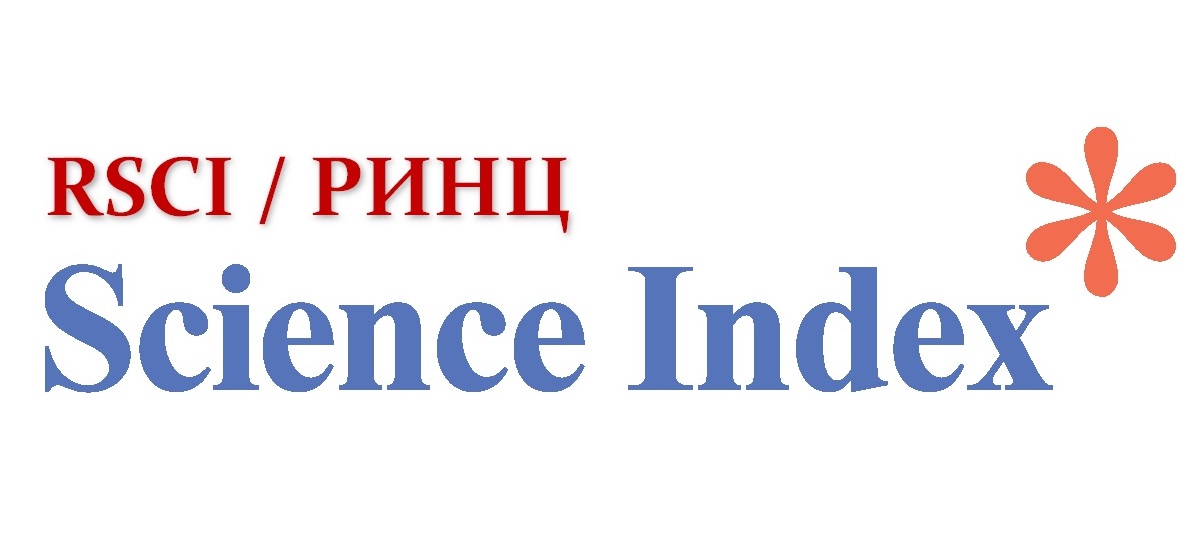How secure is Tenge?
Views: 319 / PDF downloads: 225
DOI:
https://doi.org/10.32523/2616-6844-2024-146-1-9-19Keywords:
currency, banknotes, money circulation, protective, elements, legal regulation, counterfeit moneyAbstract
The prevalence of counterfeit currency poses a significant threat to both national and global economic systems. The Tenge, a relatively young currency, was first issued in November of 1993 as the national currency of The Republic of Kazakhstan. In this paper, primary focus has been placed on the security of the Tenge against counterfeiting. The legislative regulation that is implemented by the government of Kazakhstan, security elements on the banknotes themselves, and educational initiatives designed to help the public to correctly identify counterfeit Tenge are all critically analysed. A visual analysis of the Tenge’s many security features is also performed, with a table highlighting what security features different denominations of Tenge exhibit. According to the findings of this study, the Tenge is adequately safeguarded against counterfeiting. This conclusion is reached by highlighting the strengths of law enforcement agencies both locally and internationally, as well as the numerous security mechanisms that are included on banknotes. However, this paper suggests that more should be done to educate the public about how to correctly identify counterfeits. This article serves as a resource of anti-counterfeiting strategies employed for both the prevention and detection of counterfeit Tenge.






